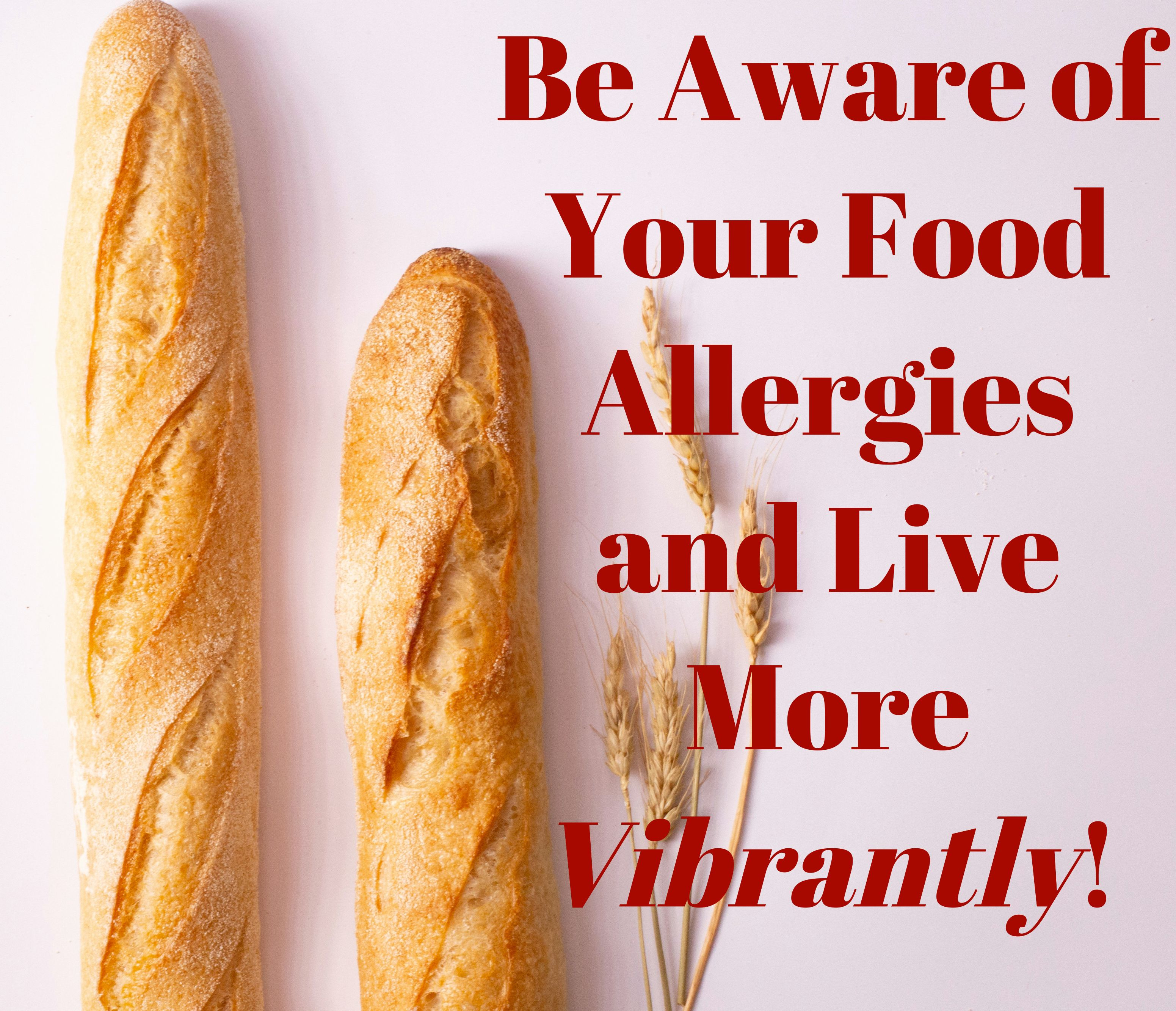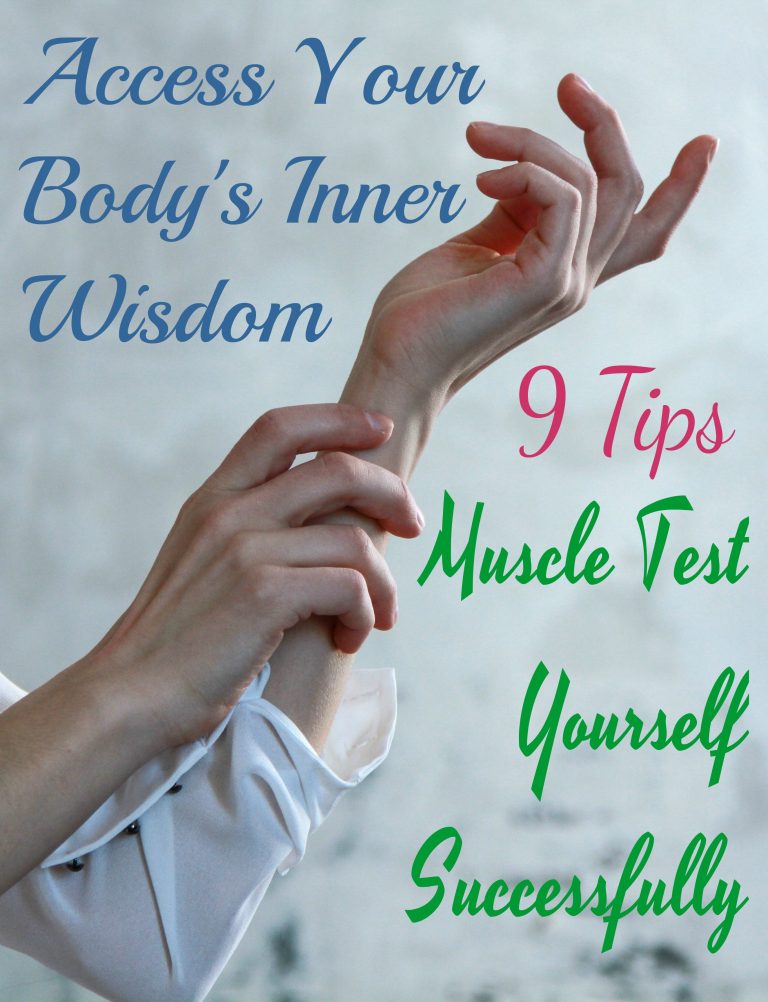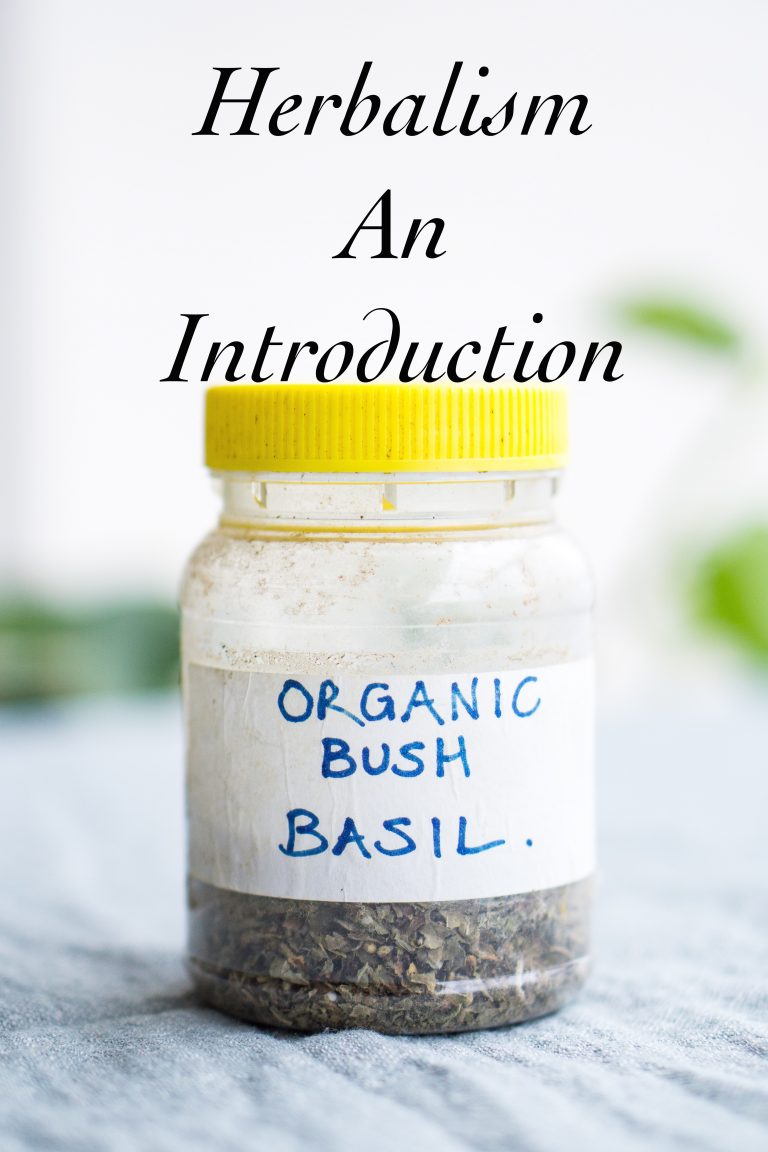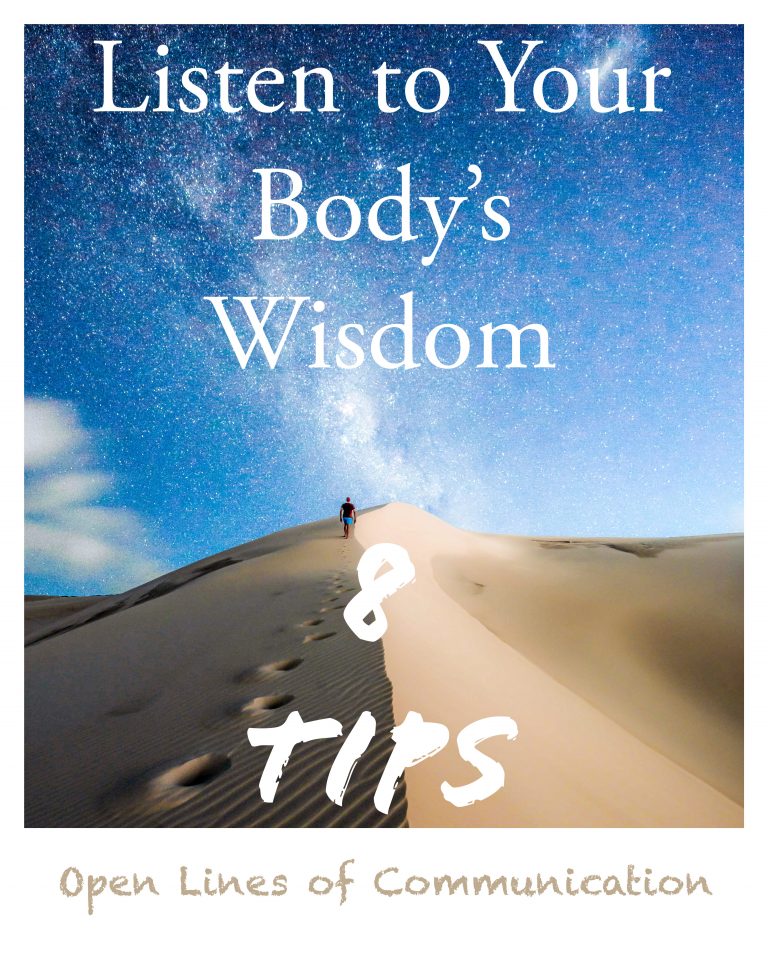The Beginners Guide to Food Allergies
The Beginners Guide to Food Allergies
- We all have one of THOSE days. Those days that we literally feel like we cannot peel ourselves off the bed. We NEED that cup of coffee just to feel somewhat decent. And despite having a few cups, we STILL feel as though we’ve been robbed of our beauty sleep. When I have those days, I KNOW I can feel 10 times better! Because I remember the days when I feel like I can own the world! So what’s going on today? How can I feel absolutely amazing one day, and utterly terrible the next? You might not believe this, but consistently feeling like a million bucks or down in the dumps may come down to your diet and the physiology you promote with the foods you eat.
What is a Food Allergy?
- In the clinical sense, an allergy is, “A condition in which exposure to a substance, such as pollen, latex, animal dander, or a particular food or drug, causes an overreaction by the immune system that results in symptoms such as sneezing, itching, rash, and difficulty breathing or swallowing.” (1) These cases are life threatening and you MUST seek medical attention immediately. The “Food Allergy” I speak of in this article should be renamed as a “Food Sensitivity”. A sensitivity is basically an allergy, but does not cause an acute attack that requires a trip to the emergency room. Instead, chronic issues will develop such as headaches, arthritis, bowel movement problems, and weird skin rashes to name a few. With the immune system constantly activated for the wrong reasons, people will feel fatigued, depressed, and generally unwell.
How to Get Started with Identifying Your Food Sensitivities
- First, be aware of the MOST COMMON food sensitivities. Companies that make supplements know these and include a list of these on the label of their bottles. The label will list all the ingredients that are NOT in the supplement to make sure that they are not held liable for any severe allergic reactions. One of the bottles I have at home says, “No wheat, no gluten, no soybeans, no dairy, no egg, no fish/shellfish, no peanuts/tree nuts”. This is not a comprehensive list, but it certainly covers a lot of ground. There is a wide range of sensitivities, but starting with these can help steer you in the right direction when considering what may be leading to your symptoms.
- Second, tune into your body. Pay attention to the days that you feel amazing! And pay attention to the days that you feel unwell. Then think back to what you did and ate yesterday or even a few hours ago. These will provide clues to decipher why your body feels the way it does right now. If you are having difficulty remembering what you even had for breakfast, then write it down! If you write something down while performing the action, you won’t have to remember it later. One of those pocket size notebooks go a long way for me! I can simply turn back the page and see what I’ve written!
Tips for Success in Reclaiming Your Vitality from Food Allergies
- Look at the foods you consume on a daily basis. See if they fit into any of the categories that bottle of supplements pointed out. Is it a wheat product? Is it a gluten product? A soy product? Dairy? Eggs? Nuts? Fish? Keep track and categorize the foods you eat daily.
- Next, tally up your most common offenders. Maybe you drink a lot of milk and eat a lot of cheese. Or maybe there is more bread, pasta, and rice in your diet. Whatever you eat, notice what type of food you eat most.
- When you find the most common thing you eat, substitute it for 30 days. For example: If you drink a lot of cow’s milk, try substituting with almond or soy milk. These fall under the other categories, so cutting out dairy completely for this time frame would be ideal. In this way, you do not substitute one potential food allergy for another. If all goes well, you can reintroduce your body to it slowly after the period is done.
- Finally, notice any changes that occured when you abstained from that food category. You may notice an improvement in your health and energy. If that’s the case, then ask yourself if you are willing to live without that particular food category in order to feel more vivacious. Basically, you will have to reassess the value of that food against the value of how you feel. Only you can decide that, but this method allows you to collect the information you need to make that decision.
Common Questions/FAQ About Tuning Into Food Allergies
People are understandably uncertain about cutting out certain foods that they absolutely LOVE and view this as a drastic sacrifice for something that they believe might not even work! Here are some of the most common questions people wonder.
How Long Do I Have to Do This to See Results?
As I briefly mentioned above, plan to cut out a specific food category for 30 days. The reason for this is because the body needs some time to calm the inflammation that has resulted from an immune system constantly attacking the proteins of that food. So simply not eating a food category for a day would not reveal any potential benefit to your health because the body still needs time to realize that the inflammatory response is no longer necessary. You will see and feel any potential benefits to your health only when the inflammation goes down.
Wheat is Everywhere! How Can I Avoid It?
Wheat is admittedly sneaky and can be found in many products! My best advice would be to read nutrition labels. BUT pay less attention to the Nutrition Facts where you will find the Calorie content, and pay MORE attention to the Ingredients list. The list of ingredients will tell you exactly what went into making the product you are holding. As a rule of thumb, if you don’t know what you’re reading, then you probably shouldn’t eat it! But Google has been my friend for times when I’m very curious about a certain ingredient!
Does the FDA Regulate Labeling of Food Allergies?
To my understanding, they follow the Food Allergen Labeling and Consumer Protection Act of 2004. This helps people avoid allergy causing foods. For more information from the FDA, please click here.
What Food Allergies are Defined by Law?
According to the FDA’s website, there are more than 160 different allergy-causing foods. However 8 foods are responsible for 90% of allergic reactions people experience. They list these as, “Milk, Eggs, Fish, Crustacean Shellfish, Tree Nuts, Peanuts, Wheat, Soybeans”. Please see the FDA website for more information.
Does My Doctor Have Tests for Food Allergies?
Depends on the Doctor and their specialty. An Allergist will certainly have the ability to do appropriate testing. If you do not have an allergist, talk to your primary care doctor to see if they can refer you to one.
How is the Test Performed?
The allergist will first take a detailed history of your signs and symptoms and take care to ask about the foods you eat. This will give the allergist an idea of where to begin with testing. The allergist will usually ask for blood work as well as a skin prick test. Combined, these help the allergist to figure out which specific foods do NOT cause an allergic reaction in your body. Therefore you can continue to eat those foods. If there is an allergic response to a specific food, there is no way to determine the severity of the allergic response.
The Last Thing You Need to Know about Food Allergies
- In summary, food allergies can be obvious allergic reactions that need immediate medical attention! Please see a doctor now! This article focused more on the insidious food allergy where you can’t quite put your finger on a problem. In these circumstances, a visit to an allergist may shed some light on how the foods you eat can impact your well-being. Keeping a journal can help you track these foods and their relation to your sense of well-being.
- If you like what you see in this article, please share, comment, and subscribe! Also, please let me know what you’d like to read more about in future posts!






